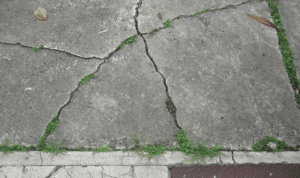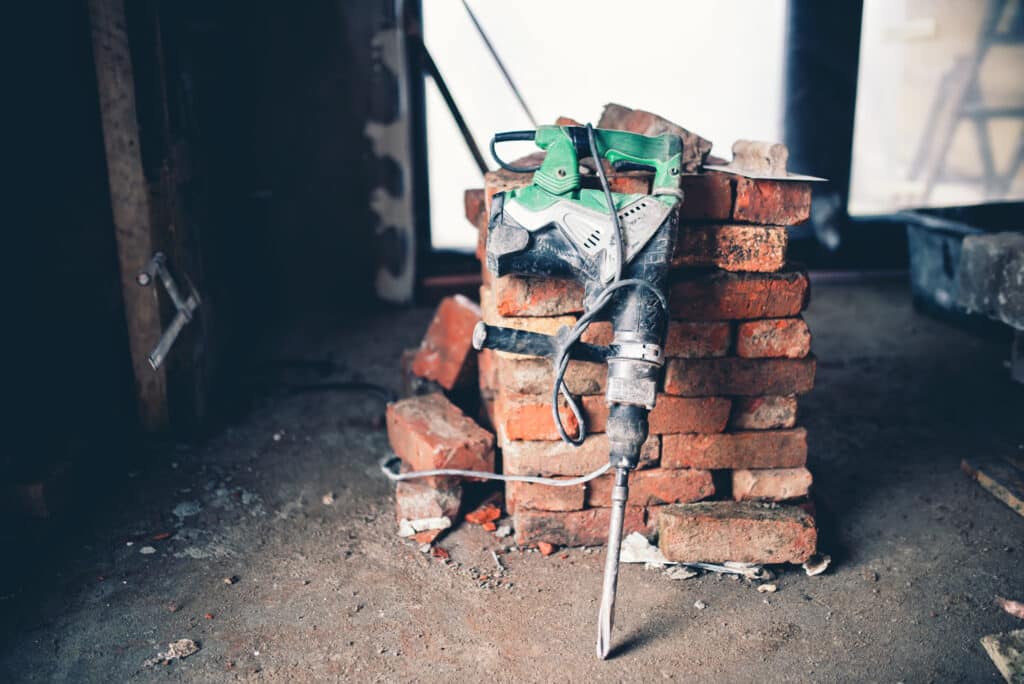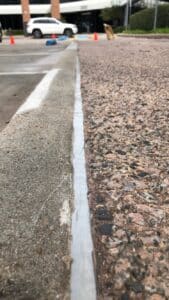Structures that are built using concrete are subject to various environmental pressures, most of which may lead to damage, such as sinking, heaving, or cracking. Once individuals settle in the building, these issues worsen since the soil under the structure continues to erode and weaken.
One of the most dangerous threats to your home is soil settling or sinking of the concrete foundation. A foundation is developed to make the entire structure stable, but it cannot retain its structural integrity or shape when the soil below it no longer gives it steady and sound support.
That can happen when the ground beneath a concrete foundation becomes excessively water-absorbent or inadequately packed. As the earth breaks down due to loose soil or expands due to water absorption, the concrete slab will ripple, bend, heave, and sink deeper progressively over time.
The best thing is that if you come across such an issue in your building or home, there are various concrete solutions available. Most people use Mudjacking and polyurethane injection to level jagged concrete without replacement. However, Polyurethane foam injection is the most effective and eco-friendly solution.
So why is polyurethane concrete leveling an excellent alternative for the environment? Let’s dive in.
Injecting polyurethane foam to level a concrete slab is beneficial to the environment in various ways. Here are some of the aspects that make the process environmental-friendly:
People who live in houses leveled using polyurethane enjoy numerous health benefits due to the safety of materials used in the process. Toxic substances such as carcinogens cause difficulties in breathing and also increase the risk of getting cancer. The non-toxicity of our polyurethane material results in a healthier home environment through better indoor air quality.
-
It Protects the Surrounding Areas
This process of concrete repair allows for greater control which protects the surrounding areas from damage. The procedure uses some physical materials and methods in a way that allows for minimal use of the elements without compromising on quality. The process also generates as minimum waste as possible.
Concrete leveling achieves material efficiency through reusing and recycling various products that are long-lasting in a way that allows for minimal use of materials. The holes drilled are small and few. This aspect results in a cleaner-looking task. Additionally, fewer heavy machines are needed meaning a cleaner job site.
-
The Materials Used Are Inert
After mixing the components, polyurethane forms an outer coat that encloses the process of reaction – and this makes it wholly inert. The material does not have any environmental restrictions.
The equipment used to undertake this process is mounted permanently on trailers and trucks, and most of the noise they generate gets restrained in the components. The sound produced by the injecting gun to infuse the material beneath the concrete is also very minimal.
Polyurethane concrete services involve chemical reactions with the soil beneath. This stabilizes the soil in the ground, protecting the soil from erosion and sinking.
Most polyurethane manufacturers use recycled materials to make the foam. That is excellent since it lowers the amount of carbon used to make the stuff.
Use HMI Polyurethane Foam to Raise Sunken and Bent Concrete Within Minutes
There are various reasons why you should consider using HMI polyurethane foam. But the primary reason is that HMI foam is created from more than 40% recycled elements. That is somewhat remarkable considering that no other polyurethane material in the market comes with such a small amount of carbon.
At Foamworks, our company cares about the environment by using the leading innovations in the world and services. To us “Green” is an active strategy towards coming up with a positive impact on people’s lives and the environment. Because of our green practices, we have saved countless concrete slabs from being taken to the dump.
While several concrete leveling companies do not provide polyurethane foam injection as a repair service, Foamworks only uses it. Polyurethane injection was traditionally reserved for complex industrial and commercial roles, but Foamworks makes the process accessible to homeowners or industrial facilities. Our method is economical, practical, clean, and quick. For most individuals, the HMI polyurethane injection process will surely offer longer-lasting results than the old mudjacking method.
If you are tired of seeing a sunken concrete patio, pool, sidewalk, driveway, or foundation, our HMI polyurethane foam is the masterpiece for you.







Recent Comments